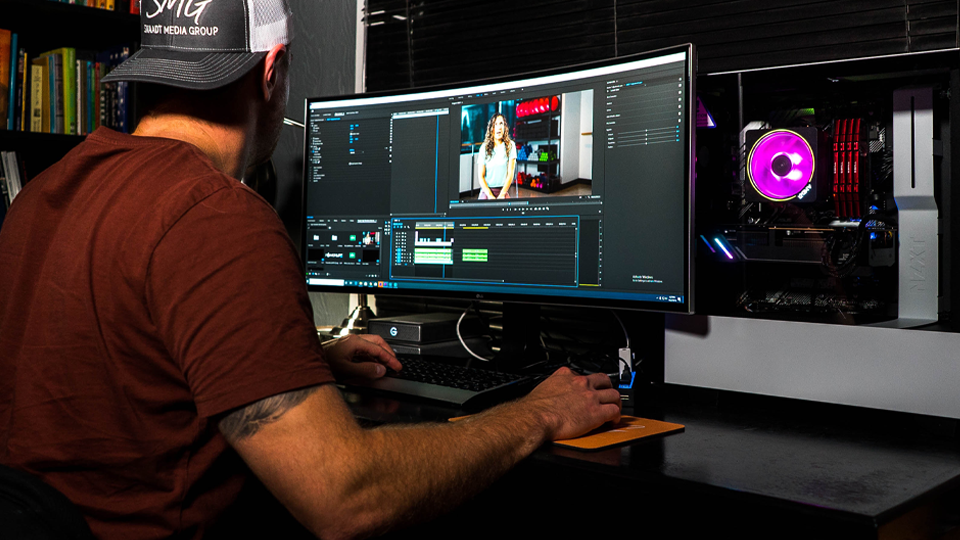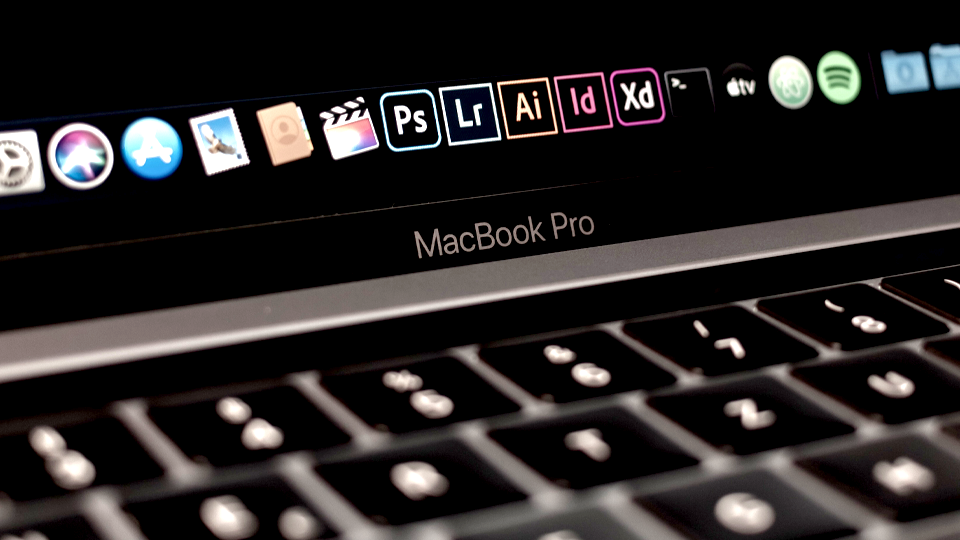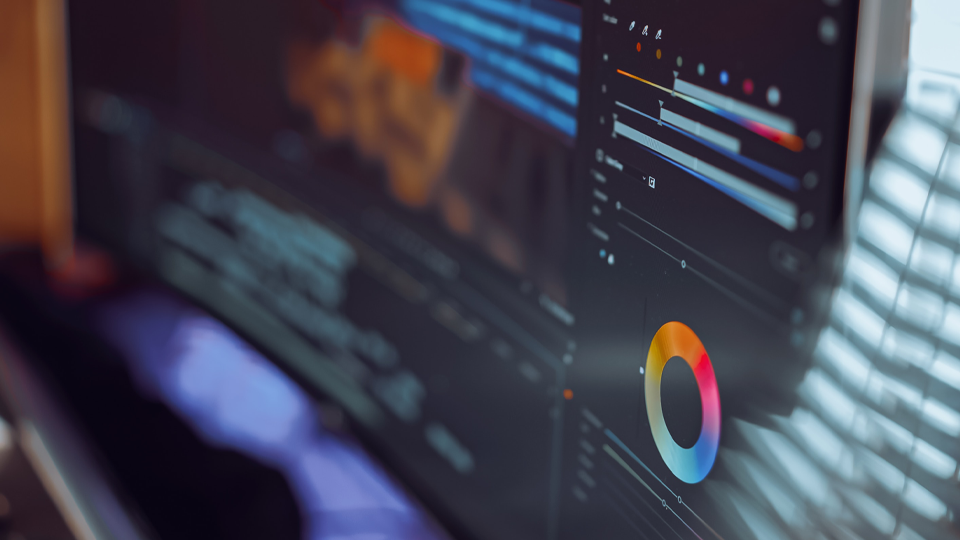The Role of Visual Effects in Film: Enhancing Reality and Creating Fantasy
The Editors

4 Minutes

From the outlandish to the realistic, VFX are everywhere in film.
Visual effects & computer-generated graphics have transformed contemporary cinema, enabling filmmakers to blur the line between reality and fantasy. Whether it's enhancing a scene with subtle—even “invisible”—changes or crafting entire worlds, VFX are crucial to storytelling. This article dives into some the technology and techniques behind cutting-edge VFX in modern films & television.
Key Concepts in VFX
Visual effects are any images created or altered in post production that can't be captured during live-action filming. Some important techniques include:
- CGI (Computer-Generated Imagery): The creation of digital imagery for enhancement or replacement of live-action shots.
- Compositing: Merging multiple visual elements to form a single, cohesive image.
- Motion Capture: Capturing an actor's movements and using them to animate digital characters.
- Green Screen (Chroma Keying): Filming actors against a green background to digitally insert them into different environments.
- Rotoscoping: Tracing over live-action footage, frame by frame, to isolate actors or objects for integration into digital environments or effects.
- Particle Simulations: Generating realistic movement and interaction of particles, such as smoke, fire, rain, or dust, using complex physics simulations.
- 3D Scanning: Digitally capturing the geometry of objects or people to recreate them as 3D models for visual effects, often used for realistic environments or characters.
- Facial Capture: A more specific form of motion capture that focuses on capturing an actor’s facial expressions in detail, often used to create highly realistic CGI characters.
- Procedural Animation: Techniques where motion or changes in 3D models are generated through algorithms rather than being animated manually, useful for creating large, dynamic scenes like crowds or natural environments.
- Volumetric Capture: A method of recording actors or objects in 3D space, allowing the footage to be used from any angle in a digital environment. This technique is especially relevant in virtual reality (VR) and augmented reality (AR).
Creating Fantasy in Doctor Strange (2016)
Marvel’s Doctor Strange showcases the power of VFX to create mind-bending, magical landscapes. Directed by Scott Derrickson, the film’s mystical elements come alive through a combination of CGI, motion capture, and green screen technology. The film’s most visually stunning sequences, like cities folding and collapsing into kaleidoscopic patterns, were meticulously crafted by VFX supervisor Stephane Ceretti’s team, pushing the boundaries of what digital effects can achieve in blockbuster filmmaking.
Enhancing Reality in 1917 (2019)
Sam Mendes’ 1917 is a masterclass in how VFX can be used to enhance realism. The World War I film was designed to look like a single continuous shot, a feat achieved through VFX that stitch together multiple takes and digitally extend sets. VFX supervisor Guillaume Rocheron and his team at MPC used CGI, practical effects, and seamless editing to create an immersive experience, placing audiences directly in the action without ever breaking the illusion of continuity.
Blending Dimensions in Spider-Man: Into the Spider-Verse (2018)
Spider-Man: Into the Spider-Verse is a groundbreaking animated film that redefined visual storytelling in the superhero genre & beyond. Featuring a unique, comic book-inspired animation style that blends 3D computer graphics with hand-drawn techniques, the film offered a visually stunning, kinetic aesthetic. Moreover, the creative team’s distinctive use of exaggerated motion, vibrant colors, and halftone textures creates a world that feels like a living comic book, paying homage to Spider-Man's origins on paper.
Final Thoughts
Visual effects continue to be a vital tool in modern filmmaking, enhancing both the realism and fantasy of today’s cinematic stories. Whether it’s the seamless world-building of 1917, the reality-bending visuals of Doctor Strange, or the multi-media approach in Spider-Man: Into the Spider-Verse, VFX allow filmmakers to push creative boundaries and deliver unforgettable experiences.
Create from anywhere, collaborate in real-time >>
Click here to learn more about VFX editing on Suite




































